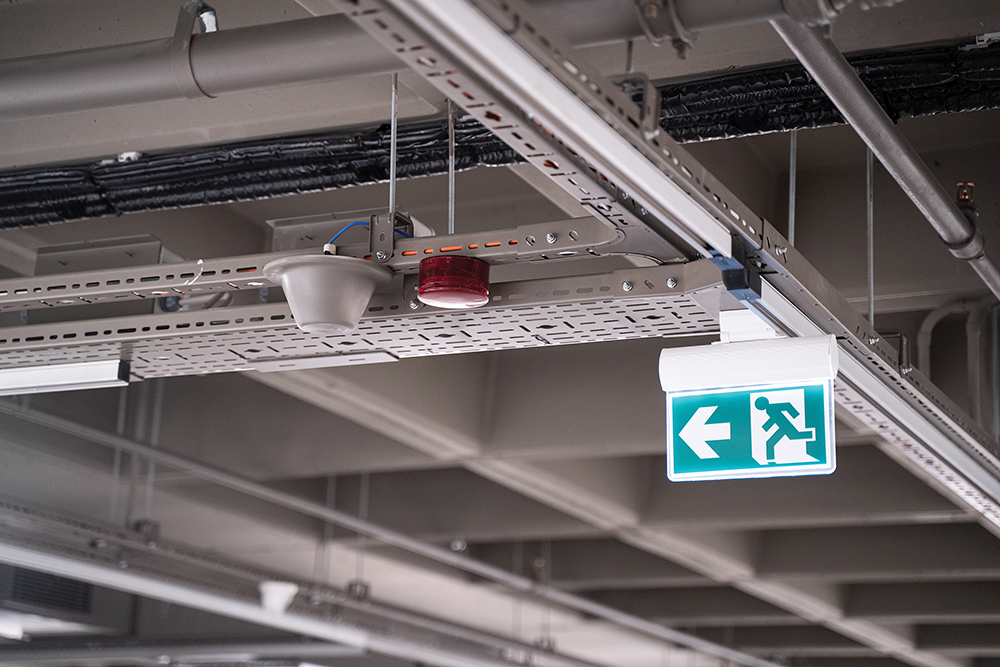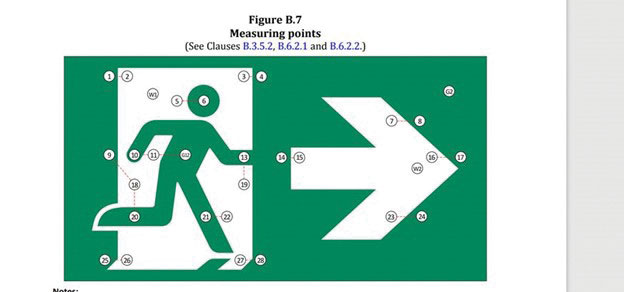Fire pumps are a special motor drive application and are critical components of life safety systems in buildings. They are a requirement of the National Building Code of Canada and the provincial building codes. Fire pumps are used to maintain adequate water pressure in sprinklers and standpipes during a fire. The building codes specify when fire pumps are required. The Canadian Electrical Code, Section 32 specifies electrical equipment and wiring requirements. This article reviews the CEC requirements for fire pumps including wiring methods, disconnection means, overcurrent protection and transfer switching.
Rule 32-200(a) specifies minimum wire sizes – 125% of motor full load amperes for a single fire pump and 125% full load amperes for additional fire pumps and any auxiliary loads. But there are some differences. Rule 32-200(b) requires the motor supply conductors to be “protected against fire exposure” in compliance with the National Building Code of Canada. The obvious reason, we don’t want our fire pump to quit when it’s needed during a fire.
Conductors from the emergency power supplies to the fire pumps must be dependable in an emergency and therefore very well protected from damage. Rule 32-200(b) directs us to Appendix B for acceptable wiring methods between fire pumps and the emergency power supplies to satisfy building code requirements for protection against exposure to damage and fire:
- Mineral insulated cable
- Raceways embedded within minimum 50 mm of concrete
- Raceways installed within shaft enclosures or service spaces having a minimum one-hour fire resistance rating
Fire pumps must operate without failure under the most difficult conditions and therefore Rule 32-202 provides a list of the suitable fire pump wiring methods:
- Totally-enclosed metal raceways
- Armoured or metallic sheathed cables
- Non-metallic conduit or tubing embedded in minimum 50 mm concrete or masonry
Rule 32-202 also directs us to Appendix B which specifies that fire pump wiring must be routed so as to avoid any adverse conditions such as explosion, floods, fires, vandalism or icing that might interfere with or lead to the fire pump’s failure to operate.
Rules 6-102(1)(a) and 32-204 are exceptions to the general rule for a single service box, permitting a separate fire pump service box located away from other service equipment. Without doubt everyone is aware that Rule 14-102 requires ground fault protection for large, low voltage, grounded electrical systems. The exception to Rule 14-102 is often required so as to comply with Rule 32-212, which prohibits ground-fault protection for fire pump circuits, since leakage currents might cause the fire pump to trip when it’s most needed, during a fire.
Rule 32-206 specifies that a fire pump disconnect must be a circuit-breaker approved for fire pump service, permanently labeled to identify the fire pump electrical supply. Rule 32-206 also provides other requirements for the disconnect:
- When installed between the emergency power supply and the fire pump transfer switch, the circuit-breaker must comply with Rule 28-200 as usual, for motor overcurrent protection.
- When installed in the normal power supply, the circuit-breaker setting must coordinate with the downstream protection in the motor controller.
Appendix B identifies that the NFPA No. 20 standard permits the fire pump controller to have a trip setting up to 20 times the motor full load current and the fire pump must be capable of operation at locked rotor current for 8 to 20 seconds; and for a good reason—to minimize the risk of failure during operation.
When an emergency power supply is required, a transfer switch is necessary for switching to an emergency power supply on failure of the regular power supply. Rule 32-208 specifies that the transfer switch may either be located inside the fire pump controller or adjacent to it. The transfer switch must be approved for fire pump service and labeled. To improve reliability, a separate transfer switch is required for each fire pump when more than one is installed.
During an emergency, operation of the fire pumps takes priority over the electrical protection of wiring and equipment. For this reason, Rules 32-210 and 32-212 stipulate that the fire pump, its supply wiring and control wiring do not require overload or overheating protection and the fire pump circuits are not permitted to have ground fault protection.
As with previous articles, you should always consult with the electrical inspection authority in each province or territory as applicable for a more precise interpretation of any of the above.










Find Us on Socials